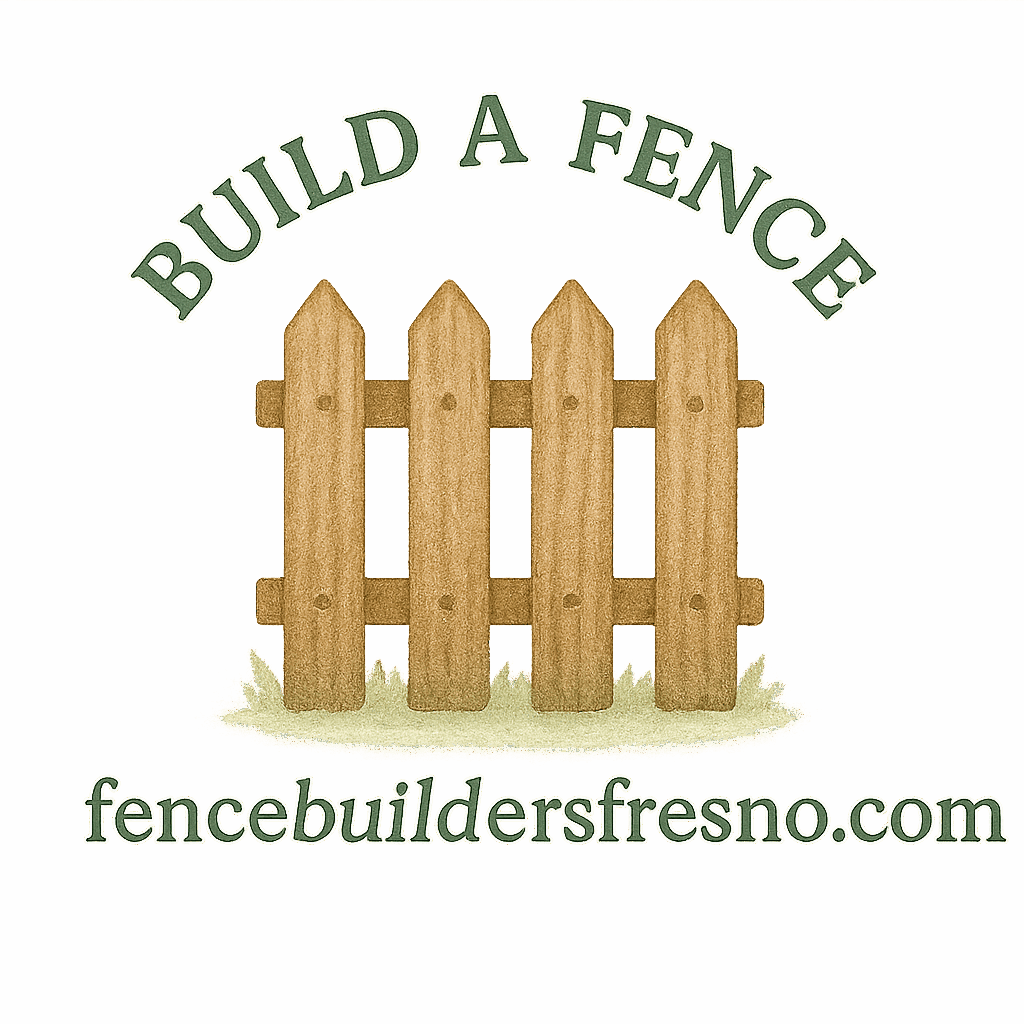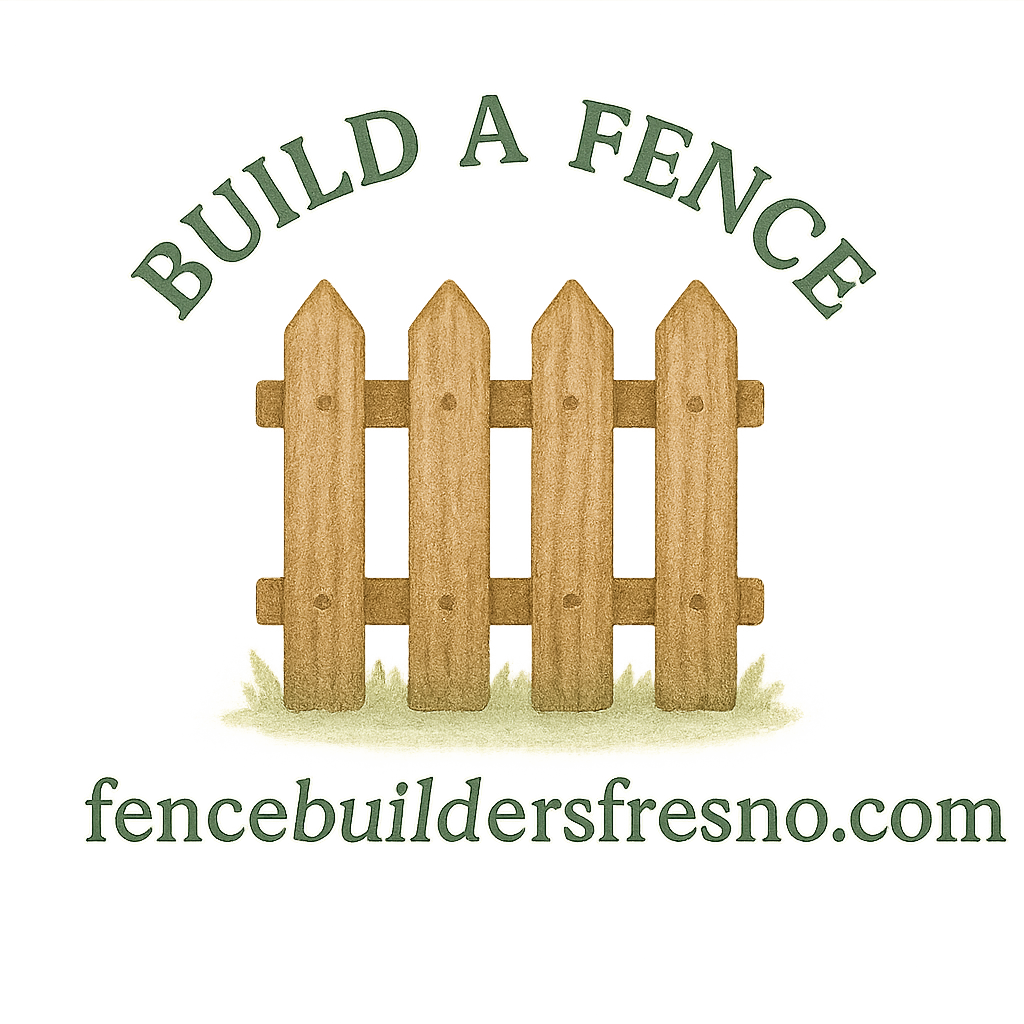Introduction: Why DIY Fencing Planning Pays Off
When you think about putting up a fence, the first thing that comes to mind is usually cost. Hiring professionals can be expensive, but doing it yourself isn’t just about saving money upfront—it’s about stacking long-term savings. Careful DIY fencing planning gives you financial benefits that last years, from installation to upkeep.
The Real Value of DIY Fence Planning
DIY fence planning is more than sketching out a design. It’s about looking at the bigger picture: the fence building basics, materials, maintenance, future repairs, and even legal property considerations. When you map it out properly, you’re essentially investing in savings that keep adding up.
Cutting Costs Before Construction Begins
Planning lets you budget wisely. You’ll know exactly how much wood, vinyl, or metal you need—avoiding overbuying and overspending.
Avoiding Costly Design Mistakes
Poor planning leads to fences that need rework. Good fence design planning ensures your project fits your yard, your needs, and your wallet.
Long-Term Savings Benefit #1: Reduced Installation Costs
Doing it yourself eliminates labor fees. Contractors often charge more for labor than the materials themselves. With DIY, your sweat equity translates directly into savings.
Long-Term Savings Benefit #2: Smarter Material Choices
When you plan your own fence, you control the shopping list. That means no unnecessary upsells, just the right material for your needs.

Comparing Wood, Vinyl, and Metal
- Wood fences: Cheaper upfront but requires maintenance.
- Vinyl fencing: Higher cost initially but almost maintenance-free.
- Metal: Extremely durable but may be overkill for small yards.
Balancing Upfront Price With Longevity
DIY planning helps you compare lifespan vs cost, ensuring you don’t buy cheap only to replace sooner. Many homeowners lean toward durable fencing for this very reason.
Long-Term Savings Benefit #3: Lower Repair Bills
A well-planned fence avoids weak spots that lead to repairs. Proper post spacing, drainage considerations, and material choice prevent future headaches. Following fence maintenance & repair tips also ensures small issues don’t become expensive fixes.
Long-Term Savings Benefit #4: Minimal Maintenance Over Time
Choosing low-maintenance fencing like vinyl or treated wood saves years of sanding, staining, and repainting.
Long-Term Savings Benefit #5: Avoiding Legal Disputes
Planning includes checking property lines. Putting up a fence on the wrong side can lead to lawsuits or forced removals.
Property Line Awareness
Always check property lines or get a survey before digging.
Preventing Fence Encroachment Issues
Good planning ensures no fence encroachment disputes with neighbors—saving thousands in legal fees.
Long-Term Savings Benefit #6: Increased Property Value
A professionally planned DIY fence looks polished and boosts curb appeal, which adds resale value when it’s time to sell. Front yard fences and decorative fences especially add charm and perceived value.
Long-Term Savings Benefit #7: Energy Efficiency Through Smart Design
Strategically placed fences can block wind, provide shade, and even reduce heating or cooling costs. This is often overlooked but can be a quiet money-saver.
Long-Term Savings Benefit #8: Better Security Without Extra Costs
DIY planning lets you build a fence that’s high enough for privacy and security—without paying for additional upgrades later. A home fencing solution planned correctly protects without overspending.
Long-Term Savings Benefit #9: Customization Without Contractor Fees
Want a unique look? Doing it yourself means you can add style without paying for a contractor’s “customization fees.” Many homeowners mix decorative fencing elements with practical designs for this reason.
Long-Term Savings Benefit #10: Longevity Through Strategic Planning
Using weather-resistant materials, proper sealing, and reinforced posts means your fence lasts longer. More years between replacements = more money in your pocket. Check out these upkeep tips to maximize durability.
The Role of DIY Planning Tools and Guides
Free Online Fence Planners
Many websites offer free tools to map your yard and calculate materials. They make planning easier and prevent costly errors.
Local Regulations and Codes
Every city has fencing rules. Reviewing legal property considerations during planning keeps you compliant, so you avoid fines or redo costs.
Common Mistakes That Kill Long-Term Savings
Skipping Site Preparation
Not leveling ground or ignoring drainage will shorten your fence’s life. Prep now, save later.
Choosing the Wrong Fence for Your Climate
Humid areas rot wood faster; windy areas demand stronger posts. Ignoring climate equals wasted money—use the right fence guide for your location.
DIY vs Professional: When to Call in Help
DIY saves a lot, but there are times when hiring pros makes sense—like installing heavy gates or specialty fences. Knowing when to DIY and when to get professional fence installation is part of smart planning.
Conclusion: Smart DIY Fencing Equals Smart Savings
DIY fencing planning isn’t just about building a barrier. It’s about crafting a strategy that saves you money year after year. From avoiding legal disputes to boosting property value, your effort upfront pays dividends long into the future. With smart design, the right materials, and consistent fence maintenance, your fence becomes one of the most cost-effective investments you’ll ever make.
FAQs
What’s the cheapest fencing material for long-term savings?
Vinyl fencing often wins—it costs more upfront but saves big on maintenance.
How can I make my DIY fence last longer?
Use pressure-treated posts, apply sealant, and follow seasonal wood fence care.
Do DIY fences affect home resale value?
Yes—well-built fences increase curb appeal and resale value.
Can I avoid fence disputes with neighbors by planning ahead?
Absolutely. Check property rights and talk with neighbors before digging.
How often should I maintain my DIY fence?
Once or twice a year is enough for inspection and minor touch-ups.
Is vinyl or wood fencing better for long-term savings?
Vinyl is better for low-maintenance savings; wood can be cheaper but needs regular upkeep.
What tools do I need for DIY fence planning?
A measuring tape, post digger, level, saw, and a DIY fence guide will set you up for success.


